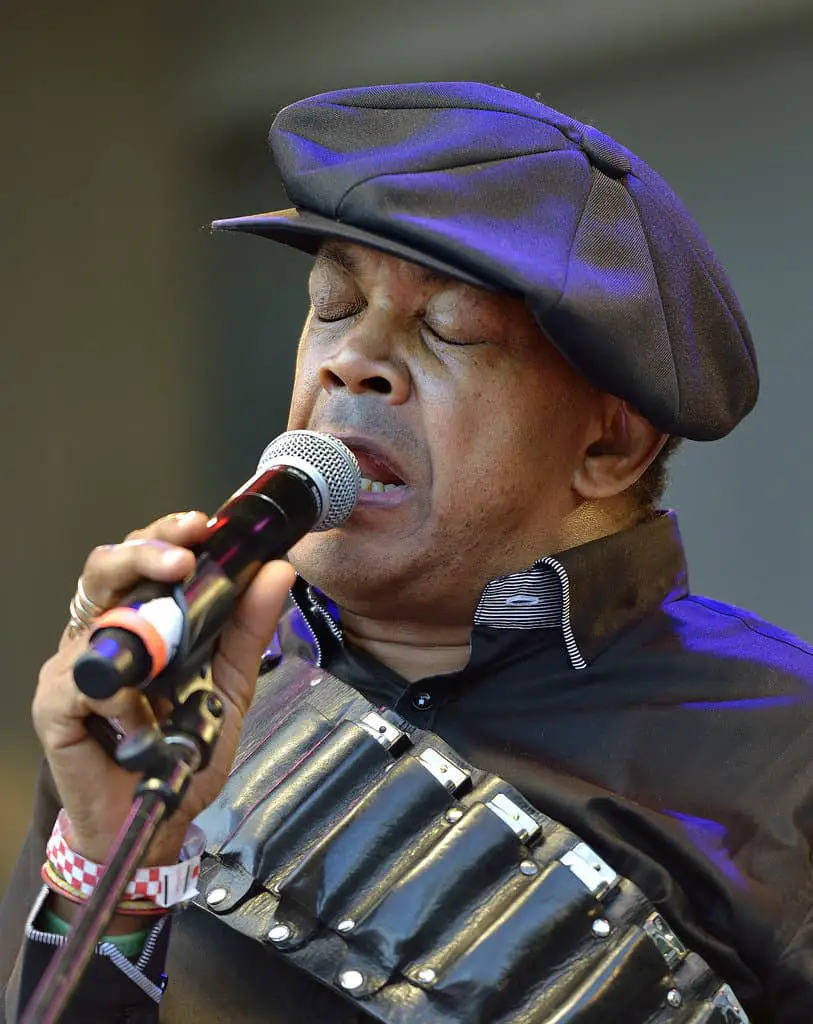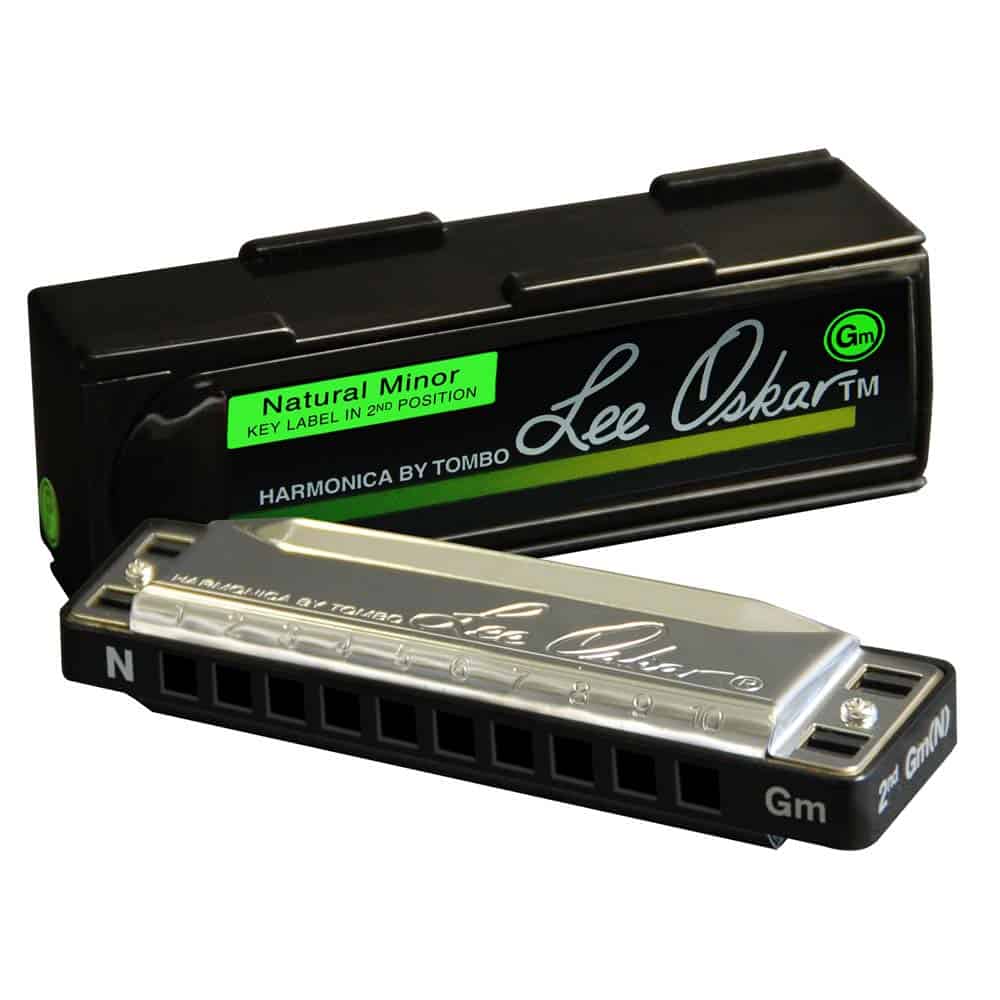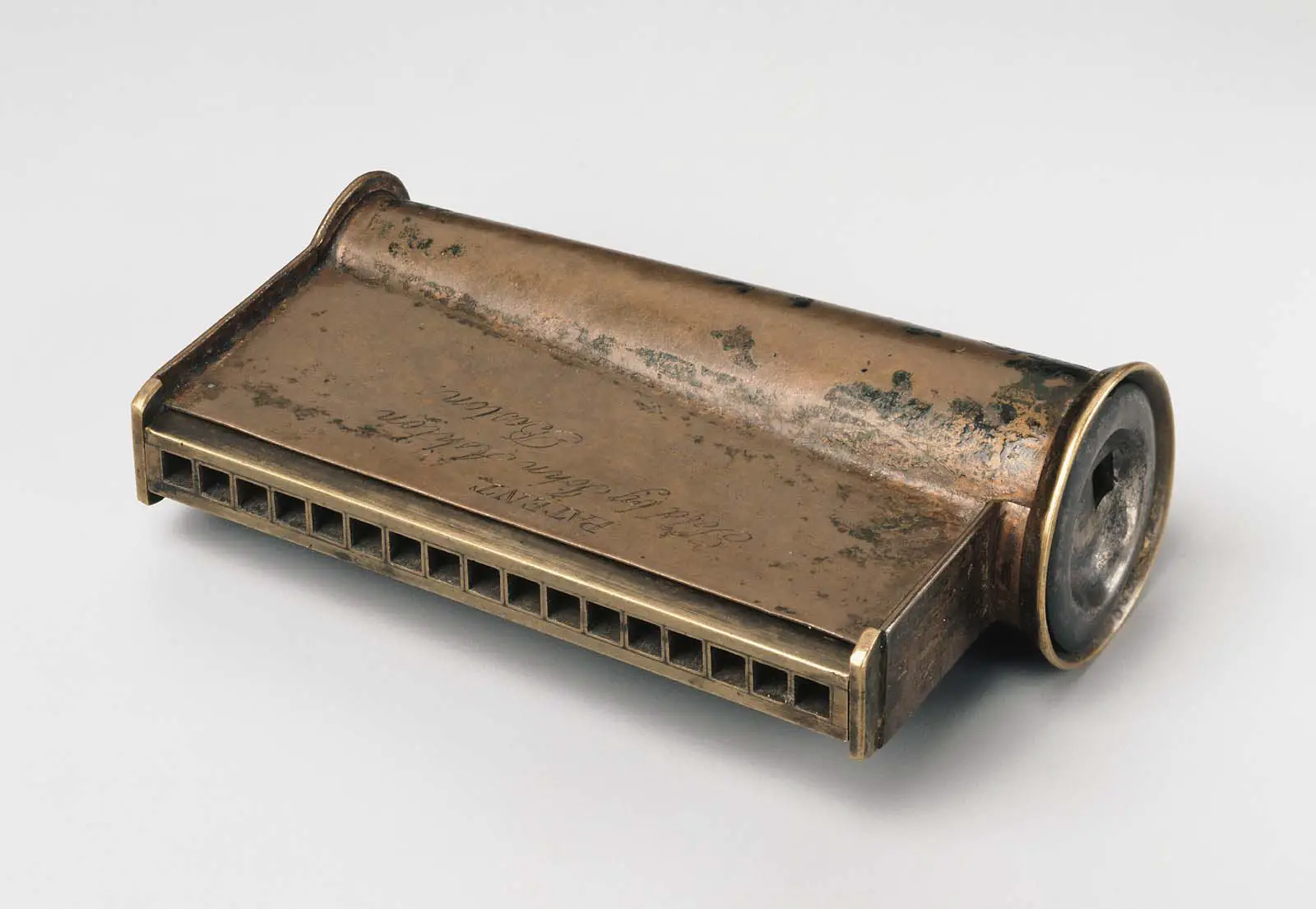Have you ever been to a concert or a street performance and heard someone playing a harmonica? You might be wondering what that person is called. Well, the answer is simple – a harmonica player is called a harmonicaist!
History of the Harmonica
- Harmonicas were invented in Berlin, Germany in 1821 by Christian Friedrich Ludwig Buschmann.
- The harmonica was popularized in the United States by German immigrants who brought the instrument with them.
- The harmonica was particularly popular among African Americans in the early 20th century.
- Blues musicians such as Little Walter and Sonny Boy Williamson II popularized the harmonica in blues music.
- Harmonica player Larry Adler was one of the first to perform harmonica in classical music.
- Harmonicas are now commonly used in jazz, rock, country, and folk music.
Different Types of Harmonicas
Harmonicas come in various types and sizes. The most common type is the 10-hole diatonic harmonica which is used in blues and folk music. The chromatic harmonica has a sliding button that changes the pitch of the note and is used in jazz and classical music. There are also tremolo and octave harmonicas, which have two reeds per note, creating a vibrato effect. Bass harmonicas are larger than other types and have deeper notes for playing basslines. Specialized harmonicas such as the chord harmonica, accordion-style harmonica, and harmonica synthesizers are designed for specific musical genres.
Professional Harmonica Players
Professional harmonica players are typically referred to as “harmonica players”, “harmonica artists”, or “harmonica virtuosos”. These players are often part of a band or performing solo, and have devoted their time to mastering the instrument. They are typically well-versed in many different styles of music and specialize in performing original compositions as well as covering well-known tunes.
Amateur and Hobbyist Harmonica Players
Amateur and hobbyist harmonica players are often referred to as “harmonica enthusiasts” or “harmonica hobbyists”. These players typically play for fun or for their own enjoyment and often self-teach themselves or learn from instructional books and videos. They may also play in small groups with friends or family, or attend harmonica jams or workshops.
Harmonica Playing Techniques
Harmonica players use a variety of techniques to create the desired sound. The most common technique is called single-note playing, which involves playing one note at a time. This technique is used to create melodies and solos. Another common technique is called bending, which involves changing the pitch of a note by pushing or pulling the reed with the tongue. This technique is often used to create expressive solos and bluesy sounds. Harmonica players also use a variety of tonguing techniques, such as double tonguing and triple tonguing, to create distinct articulations. Additionally, harmonica players can use various vibrato techniques, such as hand vibrato or tongue vibrato, to add expression to their playing. To further enhance the sound, players can use effects such as overdrive, chorus, and delay.
Popular Harmonica Music Genres
Harmonica players are associated with a wide range of musical genres, including folk, blues, jazz, country, and rock.
| Genre | Description |
|---|---|
| Folk | Folk music is a traditional style of music that is often passed down from generation to generation. It is often played with traditional instruments such as the harmonica. |
| Blues | Blues music is a style of music that originated in the southern United States. It is typically characterized by its use of the harmonic, a device used to produce a unique sound. |
| Jazz | Jazz is a genre of music that has its roots in the African-American culture. The harmonica is often used to create a unique sound and is often used in jazz solos. |
| Country | Country music is a genre of music that originated in the southern United States. It is often characterized by its use of the harmonica, which gives it a distinct sound. |
| Rock | Rock music is a genre of music that originated in the 1950s. It is often characterized by its use of the electric guitar, but the harmonica is also a popular instrument in rock music. |
The harmonica has been used in all of these genres to create unique and captivating sounds. Harmonica players are associated with all of these genres, and are often referred to as harmonica players.
Harmonica Player Organizations
Harmonica players can join a variety of organizations that offer support, resources, and networking opportunities. These organizations can provide a great way to connect with other harmonica players, learn more about the instrument, and start playing in a band.
| Organization | Description |
|---|---|
| Harmonica Association of America (HAA) | The HAA is a non-profit organization dedicated to the preservation, advancement and promotion of the harmonica. They offer resources, workshops, and educational materials for harmonica players of all levels. |
| Harmonica Club International (HCI) | HCI is an international organization that connects harmonica players from around the world. They organize events, workshops, and competitions for members. |
| Harmonica Educators Association of America (HEAA) | The HEAA is a professional organization dedicated to the advancement of harmonica education. They provide resources, training, and support to harmonica teachers, students, and players. |
| Harmonica Players Association (HPA) | The HPA is an organization for professional harmonica players. They provide resources, networking opportunities, and support for members. |
These organizations offer a great way to connect with other harmonica players, learn more about the instrument, and start playing in a band. By joining one of these organizations, harmonica players can gain access to resources, workshops, and events that can help them become better players.
Harmonica Player Competitions
Harmonica players often compete in competitions to demonstrate their skill and musicality. These competitions can be local, regional, national, or international. Competitions may be judged by fellow harmonica players or by a panel of professional musicians. The judging criteria may include the overall tone, technical skill, improvisation, creativity, and audience appeal. The top players may receive awards such as cash prizes, trophies, or recognition from their peers. Competitions can also provide an opportunity for harmonica players to network, exchange ideas, and learn from each other.
Harmonica Player Resources
| Resource | Description |
|---|---|
| Online Courses | Online courses provide comprehensive instruction on harmonica playing, from beginner to advanced levels. |
| Tutorials | Tutorials provide step-by-step instructions on specific techniques and strategies for playing the harmonica. |
| Books | Books provide in-depth instruction on harmonica playing, covering topics including technique, music theory, and improvisation. |
| Video Lessons | Video lessons provide visual instruction on harmonica playing, including topics such as technique, improvisation, and music theory. |
| Websites | Websites provide a wealth of information on harmonica playing, including tips, resources, and instructional materials. |
| Mentors | Experienced harmonica players can serve as mentors, providing personalized instruction and guidance. |
| Workshops | Workshops offer intensive instruction on harmonica playing, typically focusing on a specific topic or skill. |
| Online Communities | Online communities offer a place to connect with other harmonica players, share resources, and ask questions. |
Frequently Asked Questions
What is the difference between a harmonica player and a harmonica musician?
A harmonica player is someone who can play the harmonica instrument with a basic level of skill. A harmonica musician on the other hand is someone with a higher level of skill, who has a greater knowledge and understanding of the instrument, and can use it to create music. A harmonica musician has a greater capacity to interpret, improvise, and compose music on the harmonica.
What special techniques do harmonica players use to create music?
Harmonica players use a variety of techniques to create music, such as bending, overblowing, and vibrato. Bending is a technique used to change the pitch of a note by partially depressing the reed. Overblowing is a technique used to produce higher notes by pressing the air against the reeds. Vibrato is a technique used to create a wavering sound by quickly and repeatedly changing the volume of the notes.
Are there any unique styles of playing the harmonica?
Yes, there are various unique styles of playing the harmonica. These include single-note soloing, tongue-blocking, and chordal playing. Single-note soloing is a style that focuses on the melodic expression of individual notes. Tongue-blocking is a technique in which the player blocks off certain notes by using their tongue. Chordal playing is when the player plays chords while also adding melodic embellishments. Each of these techniques requires its own set of skills and techniques, and all of them can be combined to create a unique style.
What is the best type of harmonica for a beginner harmonica player?
A diatonic harmonica is the most popular choice for beginners, as it is easy to learn and can produce a wide range of tones. It is also relatively inexpensive, making it an ideal choice for those just starting out. Chromatic harmonicas are more complicated and require more skill to play, so they are better suited for experienced players.
What are some of the most popular harmonica songs?
Some of the most popular harmonica songs include “Oh Susanna”, “Cotton-Eyed Joe”, “Blowin’ in the Wind”, “House of the Rising Sun”, “John Henry”, “Take Me Home, Country Roads”, “Will the Circle Be Unbroken”, “The Entertainer”, “The Weight”, and “Wagon Wheel”.
Conclusion
A harmonica player is known as a harmonicaist or a harpist. The instrument itself is known as a harmonica, mouth organ, blues harp, or simply harp. There are many styles and techniques that a harmonicaist can use to create unique and interesting music. Harmonica players can be found in many genres including jazz, blues, country, folk, rock, and classical.







